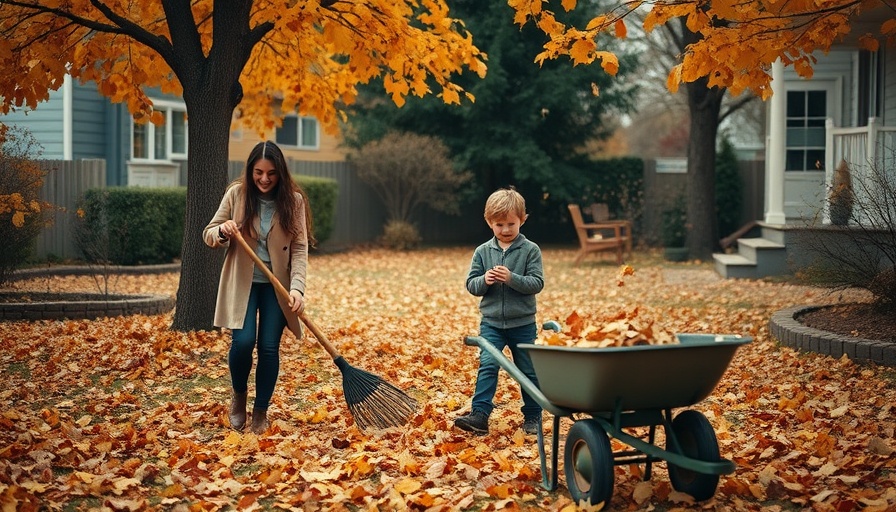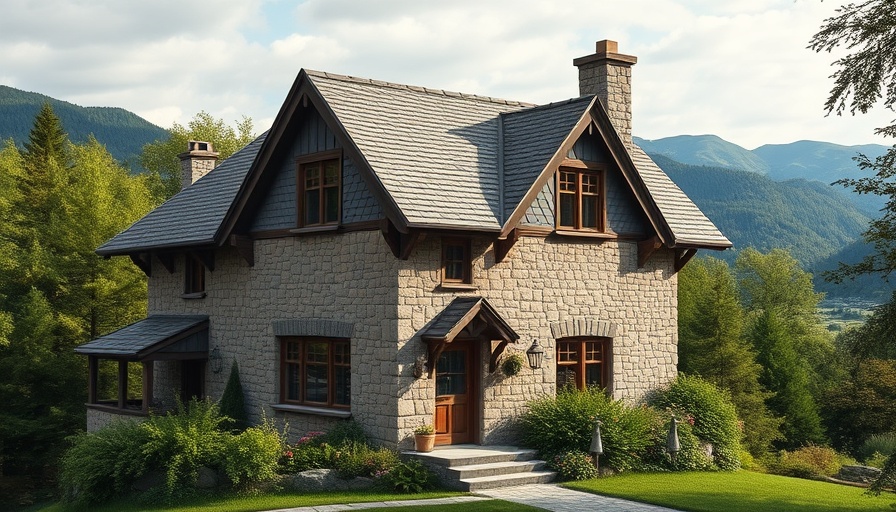
Why Changing Your Locks Is Essential for Security
After purchasing your new home, one of the first things on your agenda should be security. Simply put, changing the locks is crucial. You never know who has copies of the keys to your home. Previous owners, realtors, or even service providers might still have access. By changing the locks, you are taking an important step in protecting your sanctuary.
DIY or Call a Pro: What’s Best for You?
You might wonder whether changing locks is a DIY project or if you should hire a professional. The good news is that changing locks can be a straightforward task that most homeowners can handle. All you'll typically need are a few basic tools like a screwdriver and potentially a measuring tape. However, if you’re uncomfortable with DIY projects or have complex lock systems, hiring a locksmith ensures the job is done right.
A Simple Guide to Changing Locks
Once you've decided to change your locks, the process isn’t difficult. Follow these steps:
- Take Inventory: Identify all the exterior doors that require new locks.
- Choose the Right Locks: Pick a style that fits your security needs and aesthetics.
- Remove Old Locks: Carefully unscrew and take out the existing locks.
- Install New Locks: Follow the manufacturer's instructions for the best results.
- Test Everything: Make sure the new locks function correctly to guarantee your home’s safety.
Exploring Smart Lock Options
In today's digital age, you might consider upgrading to smart locks. Not only do they offer additional convenience, such as remote access and monitoring, but they can also enhance your home's security. Imagine the peace of mind you’d feel knowing you can lock or unlock your doors from your smartphone, even when you’re miles away.
Making Informed Decisions in the US Housing Market
Understanding home security is vital, especially in the context of the evolving US housing market. As more homeowners focus on safety and technology, staying ahead of trends is key. The future of US real estate suggests a growing preference for homes equipped with modern security solutions. Investing in your home’s locks is, therefore, a small but impactful step that complements the broader real estate trends in America.
Take charge of your new home’s safety by considering these insights. Whether you choose to change locks yourself or enlist a professional, ensuring your home is secure is peace of mind worth having.
 Add Row
Add Row  Add
Add 




Write A Comment